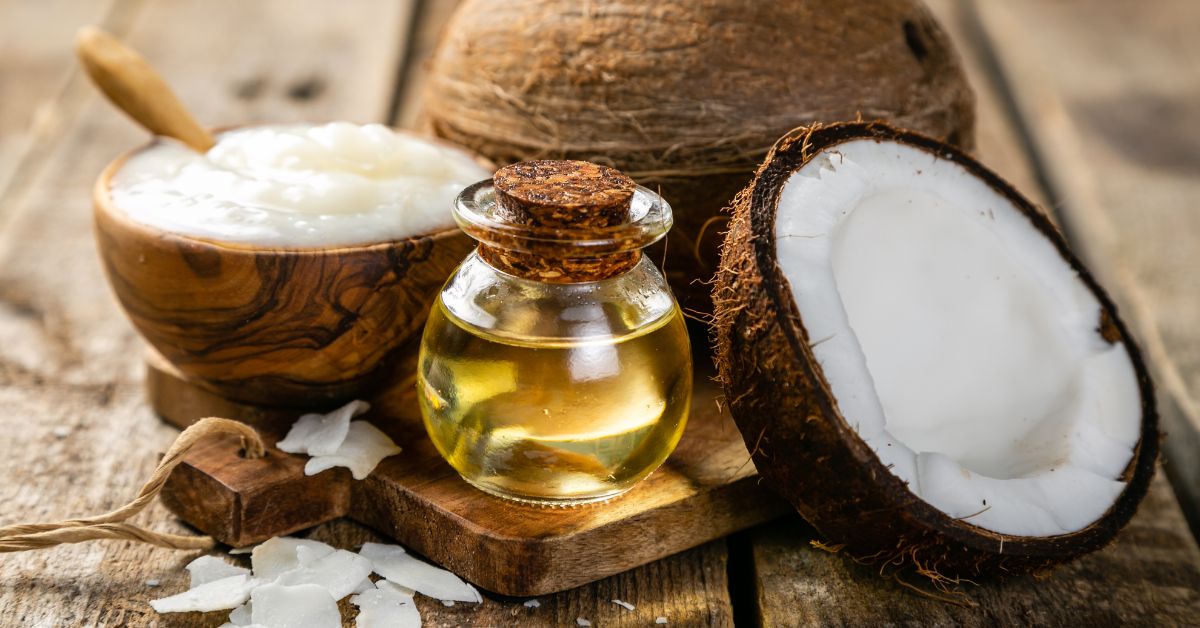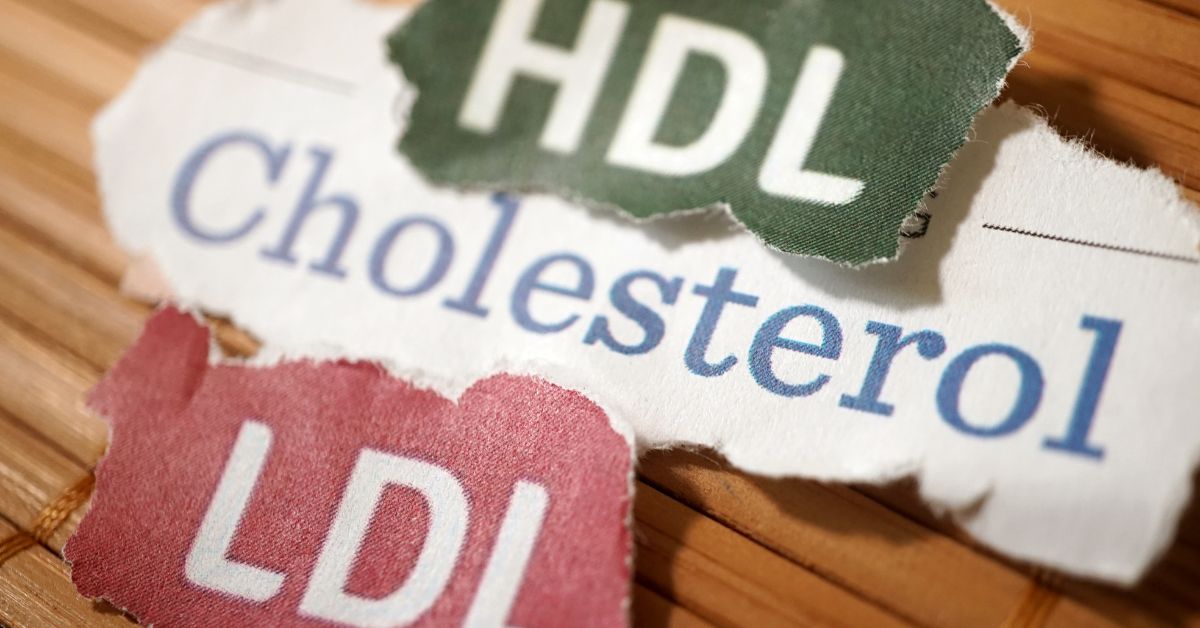American diets rely heavily on processed, convenience food, which means most people need to catch up on incredibly important nutrient: fiber. The fiber gap explains the gap between the recommended fiber intake and the dietary fiber we eat in our diets.
An estimated 95% of Americans aren’t eating enough fiber. And most of us only eat about 50% of the fiber we need each day, which can have significant health consequences.
Keep reading to learn more about why fiber is so important, how much fiber per day you need, and how to increase fiber intake.
Why Is Dietary Fiber Important?
Let’s start with two essential questions: What is dietary fiber? And why is dietary fiber important?
Fiber is a form of carbohydrate that humans don’t have the enzymes to digest. All whole plant foods contain fiber. Fiber passes through the digestive system helping to keep you regular and supplies important fuel for the beneficial bacteria in your gut.
Although we don’t get calories and energy from fiber, it is critical for health, longevity, and disease prevention.
Dietary Fiber Benefits
A fiber-rich diet benefits all aspects of health. Dietary fiber benefits include:
- Maintaining a healthy weight
- Feeling full and satisfied from a meal
- Reducing sugar cravings
- Balancing lipids and supporting heart health
- Regulating blood sugar
- Promoting healthy digestion
- Promoting a balanced microbiome
- Disease prevention
- Longevity
Fiber and Blood Sugar
Fiber and blood sugar go hand in hand. Foods high in fiber (compared to refined foods low in fiber) cause a slower release of glucose in the bloodstream, which means better blood sugar control.
How Much Fiber Do I Need?
The Dietary Guidelines for Americans recommend consuming 14 grams of fiber per 1000 calories. This is at least 25 grams for adult women and 38 grams for men. Although, some experts recommend more, with additional benefits around the 50-gram mark.
For comparison, most Americans only get 12-15 grams of fiber daily, creating a large fiber gap.
Foods High in Fiber
Every gram of fiber counts! Adding just one more serving of food high in dietary fiber to your day helps close the fiber gap.
High-fiber foods include:
- Whole grains – oats, quinoa, brown rice
- Legumes – black beans, soybeans, chickpeas, lentils, peas
- Nuts – almonds, cashews, Brazil nuts, walnuts, peanuts
- Seeds – chia seeds, flax seeds, hemp seeds, pumpkin seeds
- Fruit – apples, pears, berries, nectarines, avocados
- Vegetables – collard greens, beets, carrots, artichokes
- Starchy vegetables – sweet potatoes, plantains, butternut squash
Snacks with Fiber
Another way to increase fiber is to include high-fiber snacks in your daily routine.
Some of our favorite snacks with fiber include:
- Sweet potato chips and guacamole
- Homemade trail mix with nuts and seeds
- Veggies and hummus
- Seed crackers and artichoke dip
- Apple with peanut butter
- Dark chocolate and cashews
- Scott’s Protein Balls
Scott’s Protein Balls are plant-based, high-fiber, and protein-packed snacks you can take anywhere. The fiber comes from cashew butter, chia seeds, peanuts, almonds, flax seeds, and other whole food sources. Each protein ball contains 2 grams of fiber, and we know you’ll eat more than one!
Fiber adds up quickly when you start paying attention. Grab some high-fiber foods, including Scott’s Protein Balls, to close the fiber gap and invest in your health.






